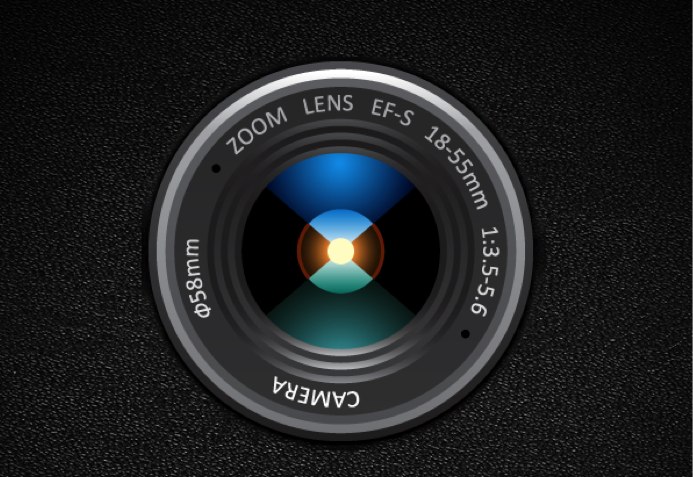
Video-sharing application Viddy landed on Android devices today after long being available only on the iPhone.
[aditude-amp id="flyingcarpet" targeting='{"env":"staging","page_type":"article","post_id":588317,"post_type":"story","post_chan":"none","tags":null,"ai":false,"category":"none","all_categories":"mobile,social,","session":"A"}']Los Angeles-based Viddy makes a mobile application for shooting 15-second clips that can be enhanced with video effects called “production packs.” The company touts 40 million registered users and is often referred to as the “Instagram of video.”
The startup, which historically only supported uploads via iPhone, is traversing the mobile chasm with its first native application for Android that is said to support more than 757 different Google-powered smartphones and tablets. The release, several months in the making, comes more than 19 months after Viddy first landed on Apple devices in April 2011.
AI Weekly
The must-read newsletter for AI and Big Data industry written by Khari Johnson, Kyle Wiggers, and Seth Colaner.
Included with VentureBeat Insider and VentureBeat VIP memberships.
Viddy for Android follows the same 15-second shoot-spruce-and-share model as its iPhone predecessor, but it comes with 10 fresh video effects. The application also includes 16 soundtracks for adding audio to your clips, supports background processing (unique to Android), and is optimized for HD cameras on Android devices.
In a perfect world, Viddy for Android would help the young startup double up on users, content, and activity, but reality may be more bleak.
Competitors Klip and SocialCam, now an Autodesk property, already have a presence on Android, as do a number of other mini-video apps and services. Viddy co-founder and CEO Brett O’Brien believes, of course, that his app is better than the rest on the extremely popular platform because the company took the time to understand Android’s differences.
“Android has great technology, but developing a superior social mobile video product which exceeds user expectations on this platform is complex. There are different form factors, different versions of the operating system, challenges in accessing hardware acceleration for editing, etc,” he told VentureBeat. “We are the only company to even attempt this, and we think we have created a great experience for people.”
[aditude-amp id="medium1" targeting='{"env":"staging","page_type":"article","post_id":588317,"post_type":"story","post_chan":"none","tags":null,"ai":false,"category":"none","all_categories":"mobile,social,","session":"A"}']
Viddy was all anyone could talk about in the first half of the year, but it’s hard to get an accurate reading on its level of hotness these days. Press attention peaked shortly after the company raised a $30 million round in May, partly because Viddy’s meteoric rise was driven by Facebook’s Open Graph and seemed unsustainable (it was).
Third-party tracking service AppData pegs Viddy’s monthly active Facebook-connected users at just 600,000. The startup does continue to see a healthy influx of videos from its celebrity members; the ever-influential Justin Bieber still uses Viddy to reach his 328,000 followers on the service. Meanwhile he has 4.2 million followers on Instagram.
Viddy also has an influential cavalcade of A-listers who want to see the app succeed. Biz Stone, Shakira, Will Smith, and Jay-Z are among the service’s celebrity backers.
VentureBeat's mission is to be a digital town square for technical decision-makers to gain knowledge about transformative enterprise technology and transact. Learn More
